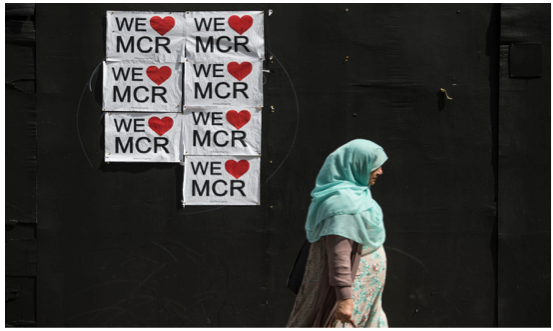What’s Really Behind the Dem’s Special Election Losses?
SPECIAL ELECTION POST-MORTEM-Democrats around the country were hopeful that they could win two special elections Tuesday in what had long been “safe” Republican districts in Georgia and South Carolina. Instead, both Democratic candidates — Jon Ossoff and Archie Parnell (photo above) — narrowly lost. Why did they lose?


































